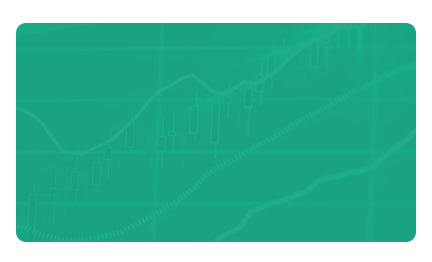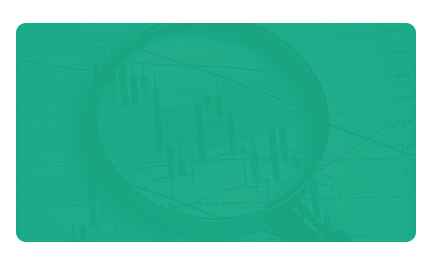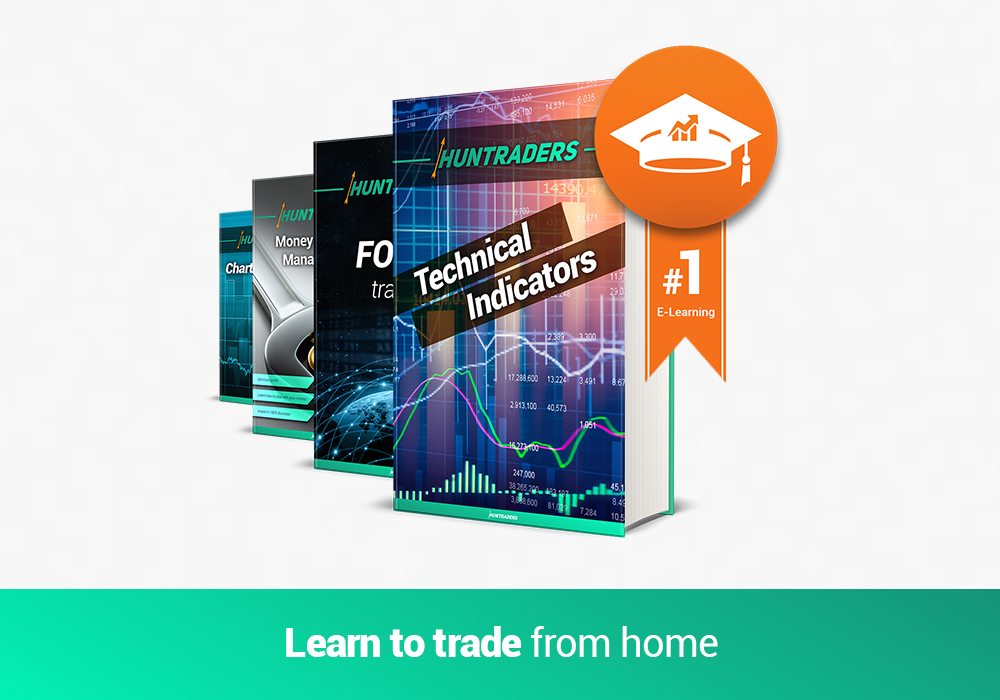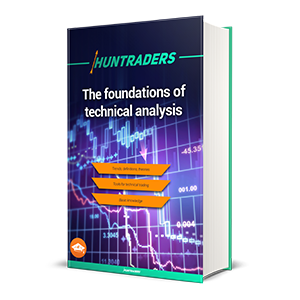What is an indicator?
Indicators are a series of numbers, whose value is derived from generic price activity in a financial instrument. The prices used for the calculation are usually a combination of the opening, closing, minimum and maximum prices for a given period. Some indicators rely solely on closing data, while others are using market prices of current transactions for the calculations. Thus, we obtain indicators with the help of different mathematical algorithms of price data.
For instance, the average of three closing prices may be included in the dataset the following way: [(22+25+25)/3=24]. However, the value of the indicators do not provide additional information about a stock, it only serves as a basis for the technical analysis. By arranging the data in a sequence, the past behaviour of the stock price can be compared with its present behaviour. The indicators are usually displayed above or below the graph showing the market prices. As soon as the price and indicator graphs are observable side by side, their movements are comparable. Sometimes indicators are visualised on the market price graphs for easier comparability.
What do indicators offer?
Technical indicators analyse the price changes from several aspects. Some indicators, for example moving averages, are based on simple mathematical formulas and are easy to understand. Other indicators, such as the Stochastic Oscillators, are built on complex mathematical formulas and it takes time and practice to understand. By the complexity of the formulas, indicators offer more perspectives to the direction and the intensity of the instrument.
Simple Moving Average (SMA) is an indicator calculating the average of the market price of the stock for a given period. If the share is volatile, the moving averages help to smooth the dataset. They filter out the random noises and spikes on the curves and give a finer image about the price changes. XYZ share is highly volatile, therefore the price can jump upwards or downwards suddenly. Using a daily SMA, the fluctuations and spikes can be smooth out and the trends can be observed more easily.
Why are indicators uses for technical analysis?
Indicators offer three functions: warning, confirming, predicting.
- Indicators warn traders. If the momentum indicator is declining, it may signal a breakout. On the other hand, the positive divergence between the share and the indicator may result the breakout on the resistance line.
- Indicators confirm events signalled by other technical analysis tools (candlesticks, chart patterns). When the price breaks out of the channel, the SMAs’ intersections can confirm the breakout.
- Some analysts use the indicators to predict future movements in the share prices.
Advices for using indicators
Indicators send signals. This statement may sound simple, but sometimes traders ignore the movement of market prices and focus only on the movements and changes of indicators. Indicators describe the movement of prices with the help of mathematical formulas. Hence, they rather reflect the derived data instead of the changes of the market prices. This should be taken into account during the analysis.
Despite the obvious signals to sell or buy, indicators should be relied only with the use of other technical analysis tools as well. It can happen that the indicator suggests buying, but the chart shows the development of a decreasing triangle. In this case the indicator shows a false trade signal.
Interpreting the indicators and their signals is more like “a form of art” than real science. Some indicators behaviour may differ for different shares. Indicators working accurately for IBM may give false signals for Google. One must pay attention during analysis and familiarise with the use of more indicators. The more familiar one gets with more indicators the easier it becomes to interpret them.
Currently there are hundreds of indicators used, and the pool of indicators is continuously expanding. Out of the hundreds of indicators, only a few can provide truly meaningful information. These include the moving averages, the MACD, the RSI, and the Stochastic Oscillator for instance.
It is recommended to be careful when choosing an indicator for technical analysis. It is useless to use more than 5 types of indicators. The combination of two or maybe three indicators is the ideal. Complementary indicators are suggested to be chosen. Using indicators generating similar signals is not recommended. For example, it is unnecessary to use two indicators that are showing overbought/ oversold levels (such as the Stochastic and RSI). These indicators are momentum types. One should use different types of indicators.



















